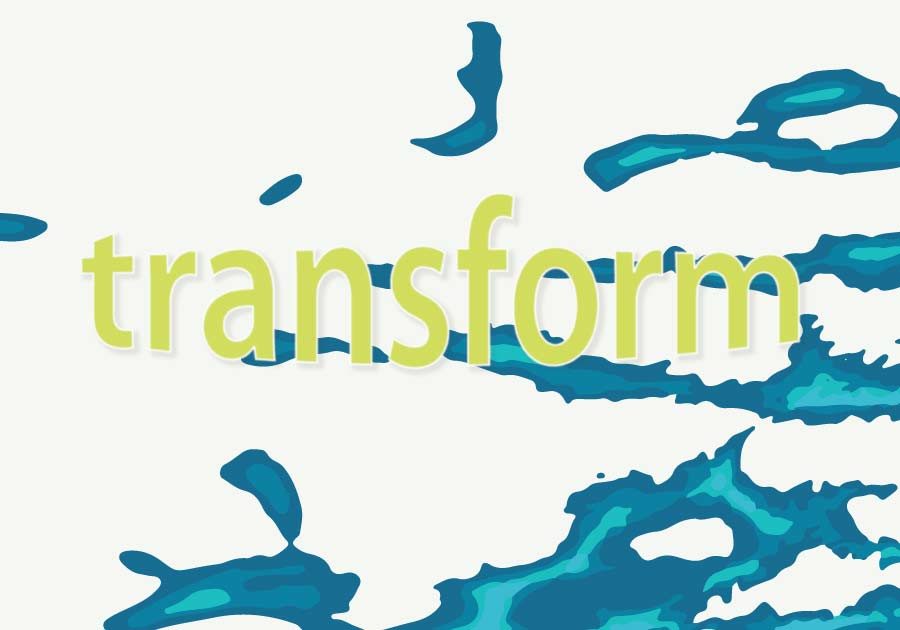Found it! is an occasional blog series by ArtsPond Founder, Jessa Agilo. This article was written in response to questions about the future of digital transformation for GLAMs (galleries, libararies, archives, museums) from Culture24 in the UK.
Digital transformation. Digital literacy. Digital skills. Digital intelligence and maturity.
I have had trouble with these and other “digital” word pairings since they entered the everyday lexicon of the arts and culture industry mid-decade with the launch of new digital strategy funding streams across Canada.
Dreamt up, perhaps, as a means to competitively filter out those that are using digital in trendy (blockchain, AI, etc.) versus traditional means (ticketing, websites, digitization of archives), a deep lack of clarity about what these terms mean is seeding a great deal of discontent when shared purpose and connection on their definition is more necessary than ever.
What do these words mean to me? Let’s begin with a provocation.
All digital problems are human.
From this point of view, prefacing words like transformation, literacy, skills, intelligence, and maturity with digital serves to remove and erase the meaningful part of the equation, human beings.
This is perhaps why we have trouble understanding or cultivating consensus on what they mean to us, either individually or collectively. Where are we humans in this equation, digital literacy and transformation?
On its own, digital is an amorphous term, a Pandora’s box tied increasingly to the most sinister structures of exploitative, surveillance capitalism in local and global economies controlled by a small number of corporate behemoths in-the-cloud.
What purpose does it serve the arts and culture sector to try and operate within or transform to fit these increasingly inhumane structures? This is something we are all trying to do, playing catchup constantly and never succeeding.
“Digital transformation” presupposes that what we are doing (and how) in the arts and culture sector is not worthwhile and needs to be transformed, deprioritized, removed, erased, left behind or forgotten.
“Digital maturity” presupposes that it is both possible and worthwhile to keep up with the pace of technological change and be experts in a system where the arts and culture sector has no power, or what power we gain is seen as a source of opportunistic consumption, exploitation, and financialization.
“Digital justice” provokes the position that digital systems are not just, equitable, accessible, inclusive, ecological, or most importantly, humane.
When we think about digital transformation or digital maturity of arts and culture, why are we not prioritizing other digital pairings such as digital accessibility, digital equity, digital empowerment, digital ecology, digital humanity, etc?
These are words and potential meanings that arts and culture can and should be bringing to the table more frequently, to lead and challenge discussions in our communities, libraries, museums, galleries, theatres, board rooms, and government chambers. These words evoke a more human transformation of digital first, and not a digital transformation of human life and connection.
To rethink then:
“Digital literacy” is thus about being ready to identify the best that digital has to offer our current circumstances in arts and culture (whatever that may be, trendy or no).
“Digital skills” are thus about being able to implement these digital opportunities with the fewest negative or harmful consequences for oneself or community.
“Digital transformation” is thus about being able to implement these digital opportunities while maximizing the greatest benefits to the cultivation of a more just human digital ecology for all.
“Digital maturity” is thus about applying both just human digital ecologies while also growing and amplifying the impact of artistic and cultural expression in a positive way.
What do these words mean to you?
